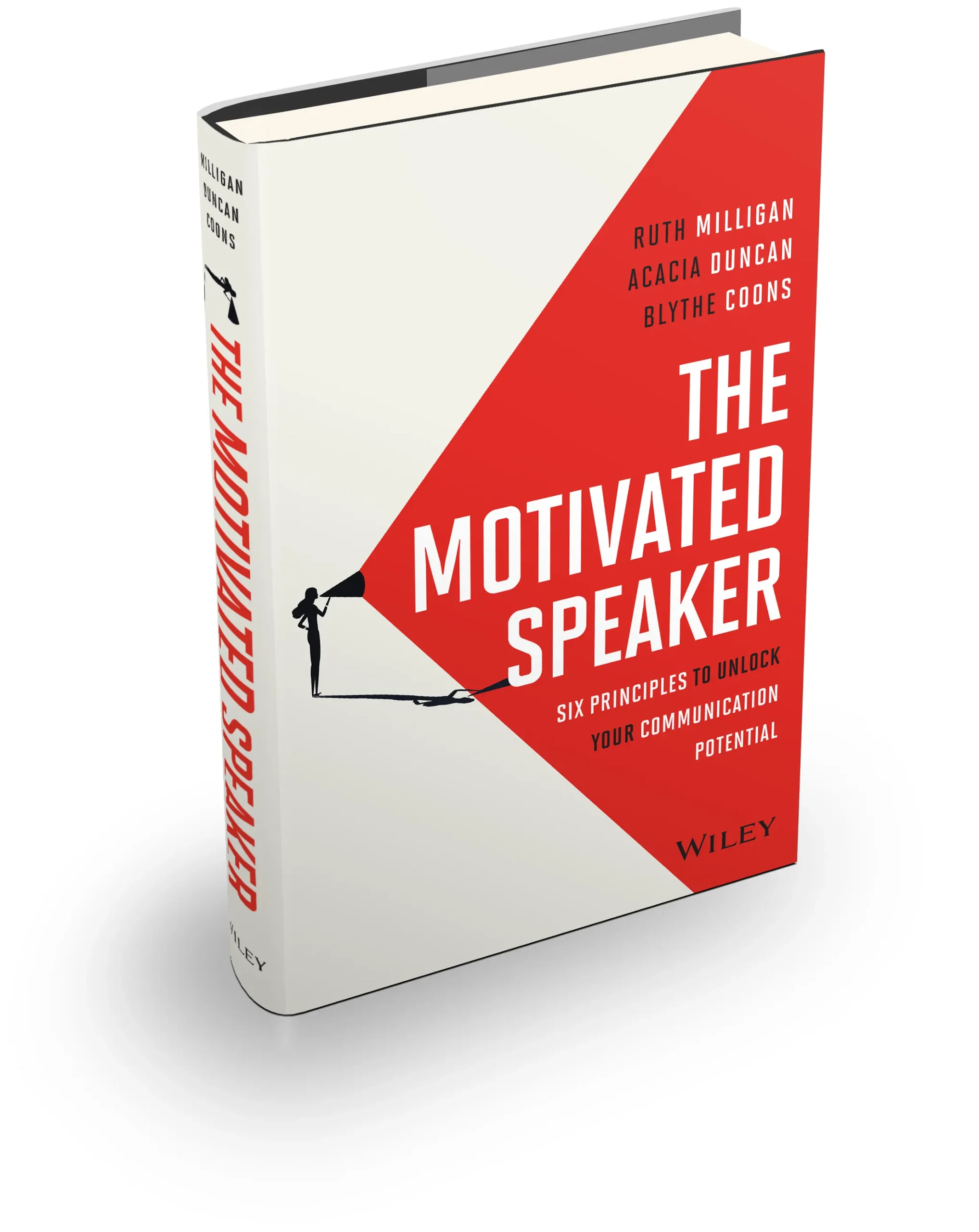
In Columbus, we have an awesome business (mainly tech) accelerator called 10x. I was invited to help these 10 companies prepare their final presentations/ demonstrations pitches to investors at the end of their, yep you guessed it, 10th week.
Below is advice I sent to each of them as the entered the final stretch and needed some help really refining their delivery. It’s one of my signature coaching approaches and most people find it exceptionally helpful and borrows from the Gestalt philosophy: identify your own mistakes / barriers / challenges and then lean into correcting them.
Here’s the advice:
When you have finalized the content of your talk and/or your presentation slides/decks, the final step is practice.
Practice.
Practice.
Here is one way to practice that may help you self-correct and improve more quickly before your presentation day.
– Find the “voice memo” function on your smart phone (a voice recording device)
– Get your deck ready to advance (if you don’t have a remote clicker, get one- they are invaluable for good practice)
– Begin to talk out your talk into your recorder
– Practice section by section until you can record the whole talk.
– Listen to it for the following :
Conciseness: can you say it shorter with more impact?
Are you pausing before or after really important points?are you pausing at all?
Do you have disfluencies like uh, um, you know or ok?
Are you racing through the talk to make the 10 minute time limit? Can you take out a minute of content to be able to slow down?
Do your visuals help resonate your talk or distract from it?
Are you concluding the thought to a slide before you click to the next one?
Do you have a diversity in tone, cadence and inflection in your voice to keep the audience from getting bored?
Do your stories offer the audience a visual transport- meaning enough sensory descriptors to allow us to “be there with you.”
The best practice – if you have time – is when you record your talk and then transcribe it. Then you can see the words you used when you ‘talked it out.’ From there, you can record/ refine again into a final outline. This
is instead of you writing out a script, editing long sentences, and trying to memorize it.
Remember we may talk like we write — but we rarely write like we talk.


